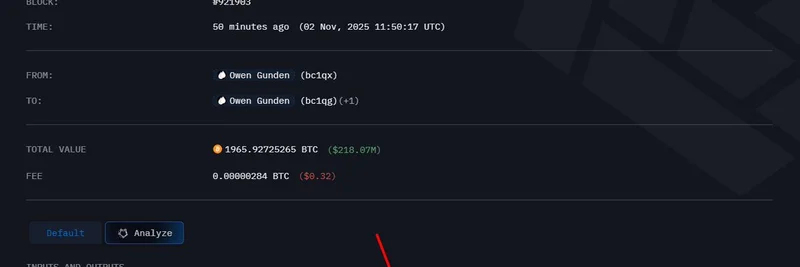Hey there, crypto enthusiasts! If you're into the latest blockchain innovations, you’ve probably come across Rand Hindi’s recent tweet on X here. As the CEO of Zama, Rand dropped a gem by sharing a link to the litepaper for the Zama Confidential Blockchain Protocol and its associated $ZAMA token. This isn’t just another blockchain update—it’s a potential game-changer for privacy in the Web3 space. Let’s dive into what this is all about and why it’s buzzing on X!
What’s the Zama Confidential Blockchain Protocol?
Imagine a blockchain where your financial details, identity, or voting preferences stay private, yet the system remains secure and verifiable. That’s the promise of Zama’s Confidential Blockchain Protocol. Built on top of existing Layer 1 (L1) and Layer 2 (L2) chains like Ethereum and Solana, this protocol uses a cutting-edge technology called Fully Homomorphic Encryption (FHE). In simple terms, FHE lets computations happen on encrypted data without ever decrypting it—think of it as doing math with locked boxes you can’t peek inside!
The protocol offers three big perks:
- End-to-End Encryption: No one, not even node operators, can see your transaction details.
- Composability: It works seamlessly with other contracts and tokens, making it developer-friendly.
- Programmable Confidentiality: Developers can set rules on who gets to decrypt what.
Unlike a new blockchain, this is a cross-chain layer that enhances privacy without requiring you to switch networks. Pretty cool, right?
Why Privacy Matters in Blockchain
Blockchains are great for transparency—anyone can verify transactions. But that openness can be a double-edged sword. Sharing sensitive data like your wallet balance or identity publicly can deter adoption, especially for finance, governance, or identity management. Zama tackles this with FHE, aiming to create an “HTTPZ” future where privacy is baked into the internet itself. The litepaper highlights how this could unlock mass adoption by addressing confidentiality concerns head-on.
The Buzz on X
Rand’s tweet sparked a lively thread! Users like @0xjeem and @0xLrvexia asked about participation in creator programs and guild tasks, showing community excitement. @Jeramino_o praised Zama’s role in keeping wallet amounts private, while @moneymake2025 shared their Confidential DAO dapp is live on Zama—proof this tech is already in action! The enthusiasm suggests developers and users are eager to explore this privacy-focused ecosystem.
Key Features and Roadmap
The Zama Protocol isn’t just a concept—it’s already live on testnet, with mainnet slated for Q4 2025 and a Token Generation Event (TGE) by year-end. Here’s the roadmap:
- Public Testnet: Live now for testing dapps.
- Ethereum Mainnet: Q4 2025 with curated apps.
- TGE + More EVM Chains: End of 2025, opening deployment to all.
- Solana Support: Planned for 2026.
Use cases are vast—confidential payments, tokenized assets, DeFi swaps, sealed-bid auctions, and even onchain identity management. The litepaper dives deep into how this can transform finance, governance, and more.
The $ZAMA Token
The $ZAMA token powers the protocol, used for fees, staking, and governance. It follows a burn-and-mint model where fees are burnt, and rewards are minted for operators. Fees vary based on usage (e.g., verifying encrypted inputs or decrypting data), with discounts for high-volume users. Staking rewards are distributed to operators and their delegators, incentivizing network security.
Getting Started
Developers can jump in using Solidity with Zama’s FHEVM library, no crypto expertise needed! The litepaper includes a sample confidential token contract to get you started. Check out the developer documentation for more.
Final Thoughts
Zama’s Confidential Blockchain Protocol could redefine Web3 privacy, and Rand’s tweet has the community talking. Whether you’re a developer building dapps or a user craving privacy, this is worth watching. Follow Zama on X for updates, and let us know your thoughts in the comments—how do you see this impacting the future of blockchain?
Disclaimer: This article is for informational purposes only and not financial advice. Always do your own research before investing.

